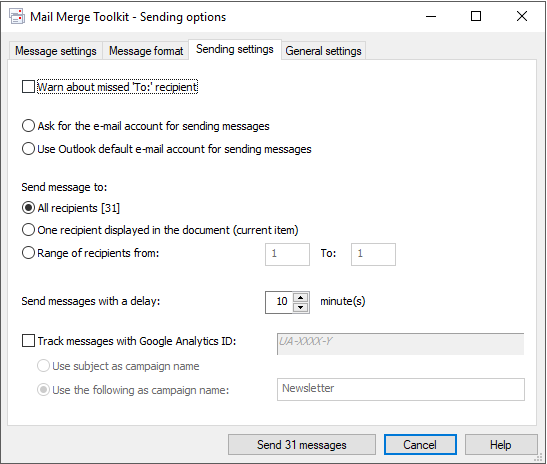
- #Office 2016 mail merge zip codes update#
- #Office 2016 mail merge zip codes code#
- #Office 2016 mail merge zip codes zip#
The merge demo uses a query which references a hidden control in the form as the parameter, populating the control with a value list on the basis of selections in a multi-select list box.
#Office 2016 mail merge zip codes update#
If you do not see the leading zeroes, click into the field and press F9 to update the field. This little demo file illustrates a number of automation operations, including merging, and has recently been updated to make it compatible with Office 2016.
#Office 2016 mail merge zip codes code#
Click back into the field and press SHIFT + F9 to hide the field code and display the text. (The default number format uses # signs, which to Excel means, “Don’t put a number in this position if the number is blank or zero.”) #Office 2016 mail merge zip codes zip#
Click into the field and change it to the following:įormat explanation: I picked five zeroes for the zip code format because a zero in a number format forces Excel to put a number in that position, even if the number is blank or zero. It will look like this (with Zip_Code being the name of the field): In the Word document, click into the field with the zip code, and press SHIFT + F9. Another option is to edit the field codes in Word to make sure all the leading zeroes appear. However, for a variety of reasons (such as a filtered spreadsheet or a conflict with a printer driver), this doesn’t always work. (See Mail Merge Problem: Leading Zeroes Missing from Zip Codes for instructions.) Enter a Subject line and click on OK. The process will take a few minutes to complete, depending on the size of the list.The best solution to this problem is to change an option in Word that sets up a DDE connection with Excel, and displays the zip code the way it is formatted in Excel, with all leading zeroes. At the To prompt, select the Merge Field containing the e-mail addresses. Word will use this account to send the e-mail 
Important: Make sure your Outlook client is opened and you are logged on with the appropriateĪccount (e.g.
The last step is to either Print or Save the document for later use. This option will open your merged document in a new document. Click on Edit individual letters… and OK. Select one of the following option depending on what you are creating. 
Use the arrow buttons between Recipient on the Task Bar to preview the information from the data source in your main document.
Click on Next: Preview your letters, Labels or e-mail message to do just that. Next, click in between each merge field, outside the chevron symbols ( »|«), and add spaces and any punctuation needed to separate the Merge Fields (see below). «First_Name»«Last_Name»«Street1_Line1»«City»«State»«Zip_Code» With the cursor in place, click on More items… Double click on all the Merge Fields needed to complete your document. If the main document are labels, the cursor will be at the first labelīy default. At step 4, click on the main document to position the cursor where the Merge Fields. Click on Next: Write your letter or e-mail message (if creating an e-mail). Click on OK to complete the selection of the list. Select your contact folder from the list and click on OK If using Outlook Contacts, click on Select from Outlook contacts and Choose Contacts Folder. If using an Excel list, select Use an existing list, then click on Browse… Find your Excel file and click on Open. At step 3, select one of the two options below. This step will make sure the opened document will become the main document in the Creating letters or e-mails: Select Use the current document.  At Step 2, select the following option if you are. Click on Next: Starting document at the bottom of the Mail Merge Task Bar. The document ( Letters, E-mail messages, Envelopes, Labels or Directory) you would like to create The Mail Merge Wizard will open as a Task Bar to the right of the document. Click on Mailings > Start Mail Merge >Step-by-Step Mail Merge Wizard…. IfĬreating labels, start with a blank new document. In Word, open your main document such as a letter or the content of an e-mail. Then follow the instructionsīelow to produce a merged document with these files using Mail Merge. list of addresses) from Excel or Outlook Contacts.
At Step 2, select the following option if you are. Click on Next: Starting document at the bottom of the Mail Merge Task Bar. The document ( Letters, E-mail messages, Envelopes, Labels or Directory) you would like to create The Mail Merge Wizard will open as a Task Bar to the right of the document. Click on Mailings > Start Mail Merge >Step-by-Step Mail Merge Wizard…. IfĬreating labels, start with a blank new document. In Word, open your main document such as a letter or the content of an e-mail. Then follow the instructionsīelow to produce a merged document with these files using Mail Merge. list of addresses) from Excel or Outlook Contacts. 
Mail Merge allows you to create multiple documents based on information contain in








 0 kommentar(er)
0 kommentar(er)
